CELEBRATING THE CARS OF THE COMMONWEALTH
26 August 2022
The West Midlands automotive industry was proudly showcased at the Birmingham 2022 Commonwealth games when they opened at the end of July, featuring 72 cars that represented Birmingham’s rich automotive history. The red, white and blue vehicles included two beautiful classic Land Rovers, owned by Lancaster customer Andrew Cowen and his wife Janet. What a fantastic occasion to be a part of!
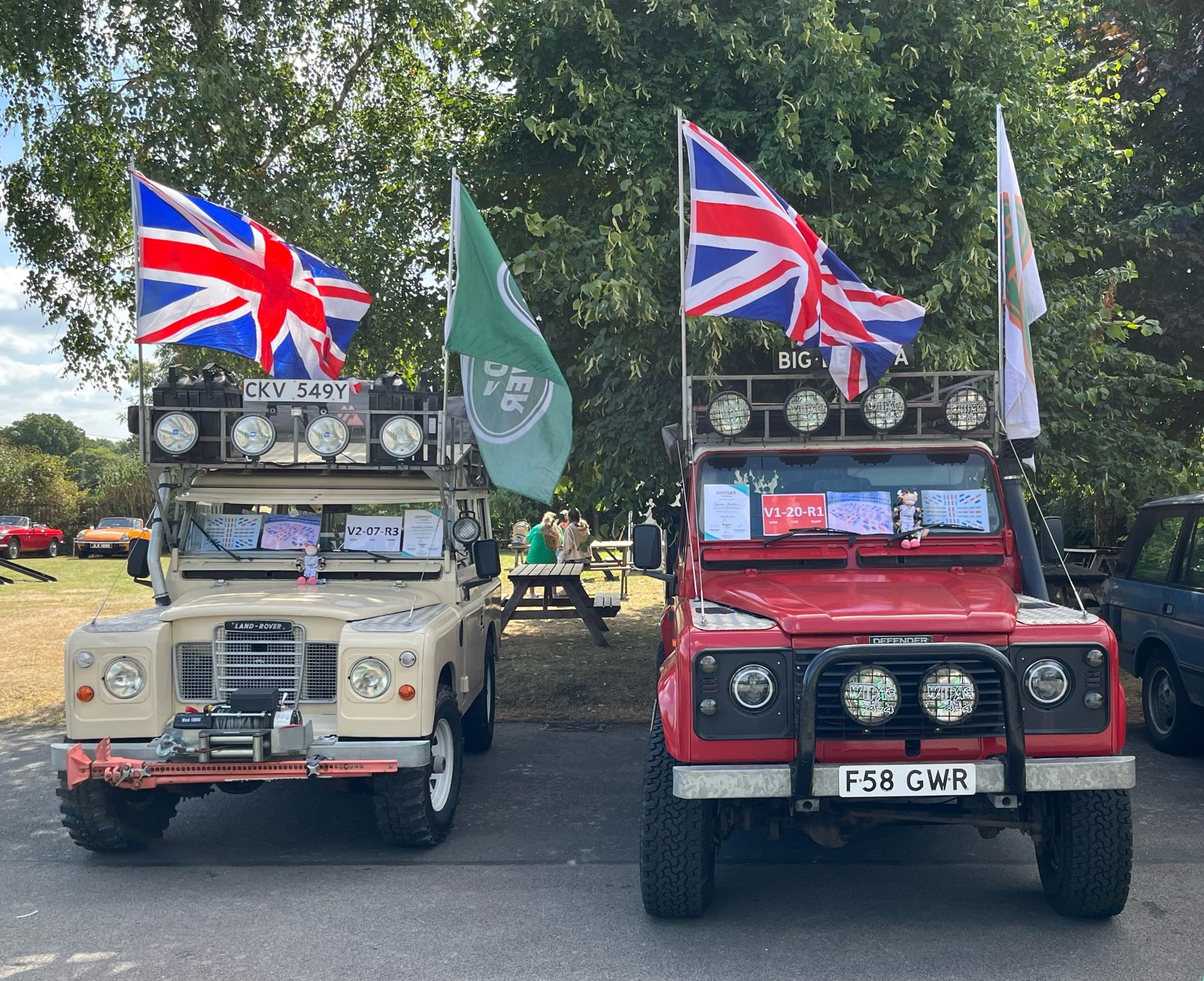
The Commonwealth of Nations comprises fifty-six nations, and to tell the story of its motor industries would encompass several books. It is a realm of seemingly familiar export-only models with different badges, ambitious projects that bore no resemblance to any UK factory product, and CKD plants such as the Mizzi Car Assembly of Malta. Some models surpassed the vehicles made by their parent company; others are best filed under the category “Bold Experiments”. And so, in tribute to this year’s Commonwealth Games, here are seven cars from around the globe…
Envoy – Canada
Vauxhall launched the F-Type Victor in 1957, and in 1958 Luton announced that it was “Britain’s No. 1 Export car, first choice of 125,000 motorists at home and abroad”. Canada was a major overseas market, where Pontiac and Buick dealers sold the Victor. However, it proved so popular that the Chevrolet and Oldsmobile outlets demanded their own version. In response, Vauxhall reworked the Series 2’s bodywork with a new grille, side and taillights, and exterior trim.
“The British car designed and built especially for Canadians” debuted in January of 1960, and it bore the name ‘Envoy’ with no Griffin badges. By late 1961 the FB succeeded the original model, and in 1964 motorists were offered the ‘Envoy Epic’ – a renamed Viva HA which became the country’s best-selling British car and the second best-selling import behind the VW Beetle. However, by the late 1960s, the government imposed duties on products from other Commonwealth countries, but Luton fought back with the Envoy FD; its four headlamp layout reflected Canadian safety regulations. There was also an Epic HB, but 1970 marked the swansong of Vauxhall’s presence in Canada with the launch of the HC Firenza. Sales finally ceased in early 1973, marking the end to Vauxhall’s most important export market.
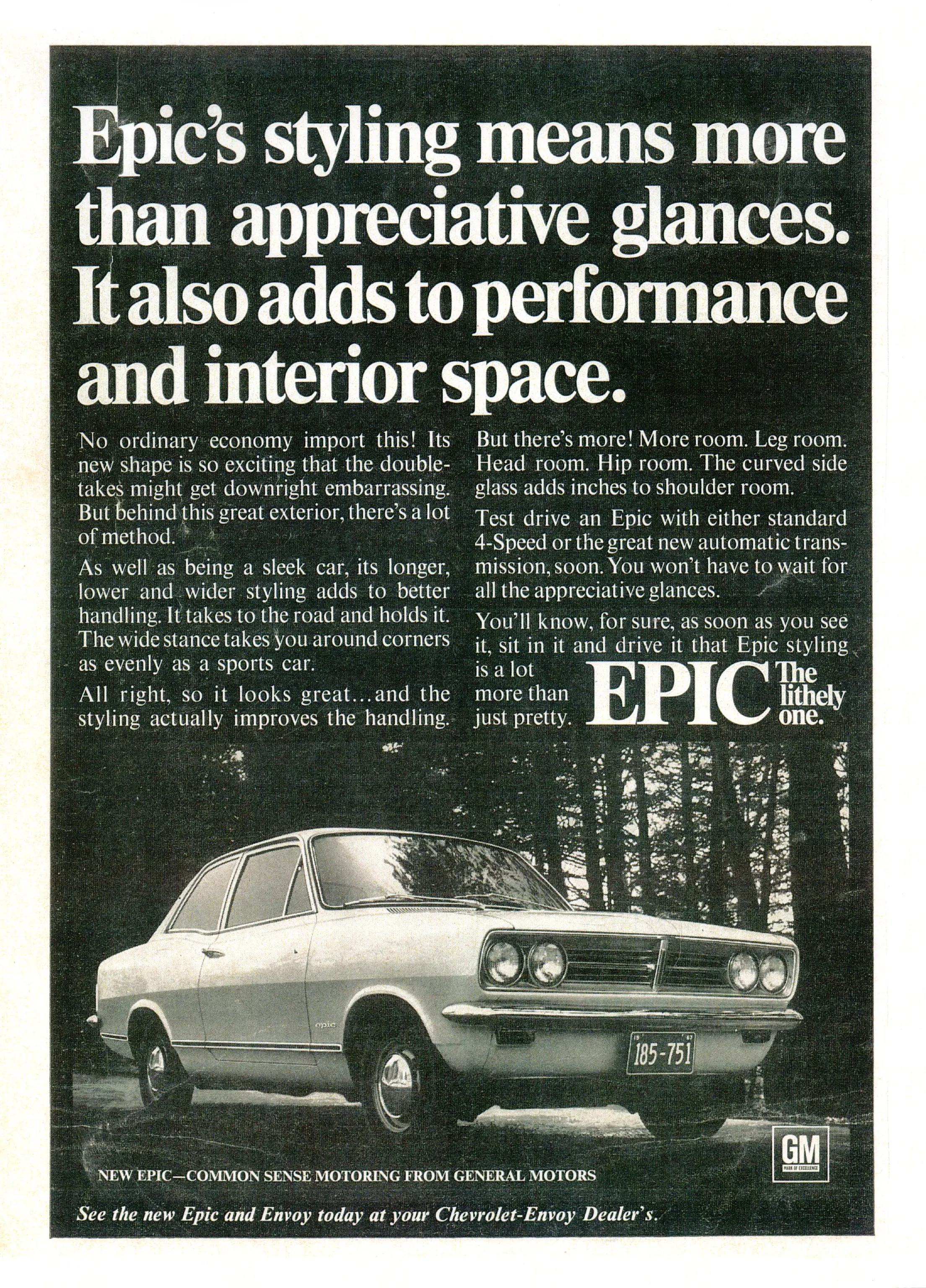
Hindustan Ambassador - India
Hindustan Motors was established in 1942 in collaboration with the Nuffield and the Ambassador, the Uttarpara factory’s interpretation of Oxford Series III, debuted in 1957. The company marketed it as “a cut above the rest”, and the original versions were powered by the MO’s 1,476 cc side valve engine. By 1960 the Ambassador used the 1.5-litre B-series unit, and by 1962, the waiting list for the facelifted Mk. II was said to be five years. Buyers could specify the Mk. III of 1975 with an optional floor gear lever, servo-assisted brakes, windscreen washers, and separate front seats. Four years later, the Mk. IV gained a new frontal appearance it would retain until the end of production, but by the early 1980s, the Indian government liberalised its policy of protecting the domestic motor industry. However, the mighty Hindustan remained in production until May of 2014 and was a staple of taxi operators, police forces, and government departments for many years.

Holden Torana HB – Australia
General-Motors-Australia made Vauxhalls unit 1967, the year they unveiled the Torana HB.
Early versions employed body panels sent from Ellesmere Port, but the 1968 Series II of 1968 used locally sourced material. The line-up included 4-door, higher-powered ‘70’ and Brabham versions, although GMH never built the Estate, GT, and 1600. Nevertheless, the advertisements promised, “Just shaking hands with it will give you a thrill”, and the HB did prove the cornerstone of a dynasty of Toranas.
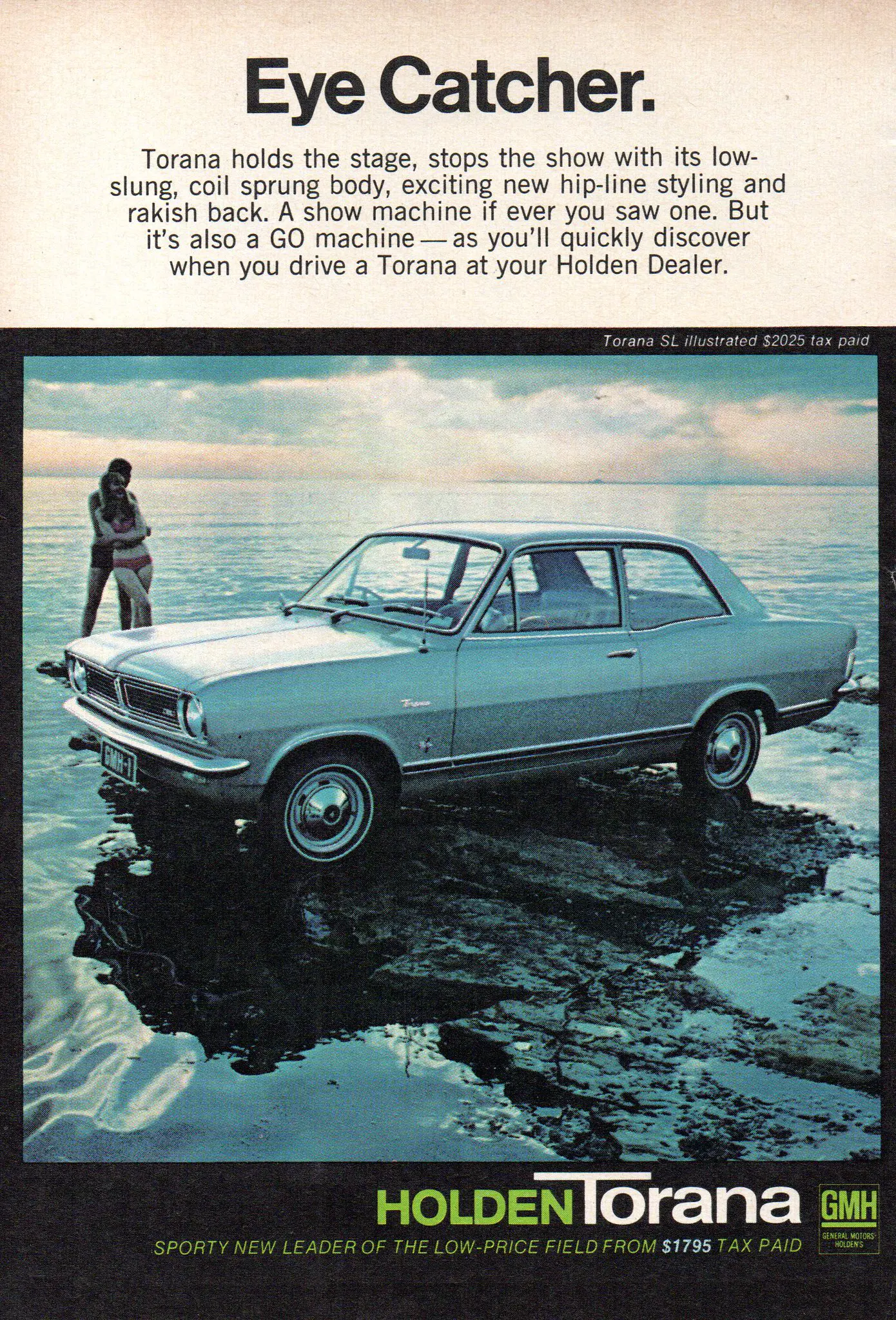
Leyland Princess – New Zealand
The New Zealand Motor Corporation – NZMC – began assembly of the ‘Austin Princess’, with production ending in 1982 when the firm used the last of its CKD kits. The ‘Wedge’ remained available until the following year, and, rather poignantly, the final ‘Princess Rs’ had a black paint finish to mark the demise of locally built Austins, a tradition that had commenced in 1935. Nineteen years later, British cars amounted to over 80% of the New Zealand car market, but by the late 1970s, the 18-22 faced severe competition from Japanese products.
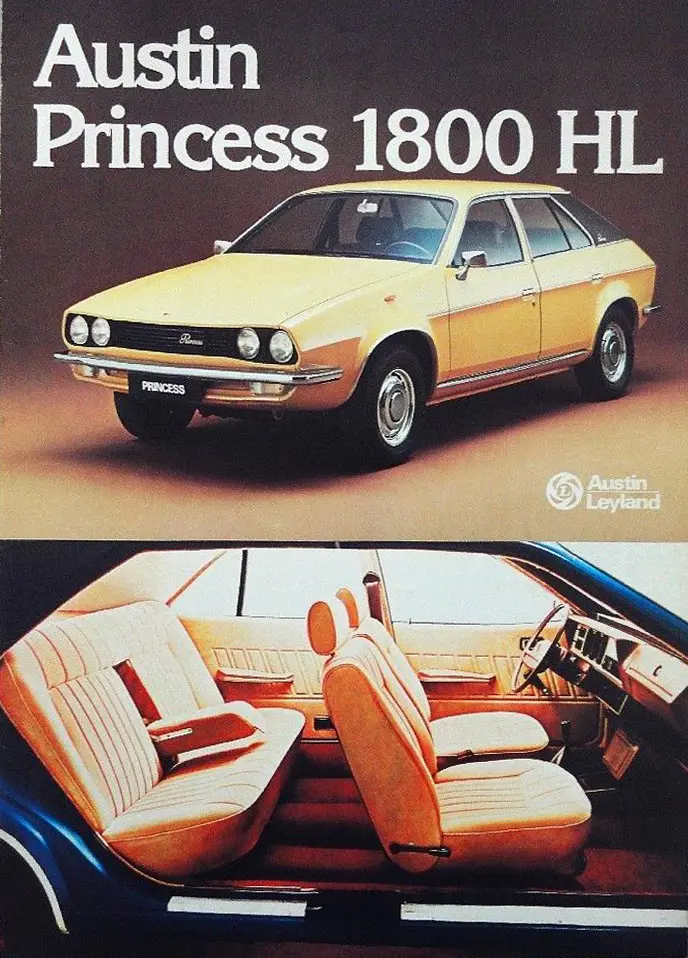
Morris 1500 Nomad – Australia
Local production of the ADO16 began in 1964, and as the decades progressed, BLMC-Australia decided against building a version of the Austin Maxi at their Zetland plant. Their alternative was the 1969 Nomad, a five-door version of the Morris 1100/1300 powered by the E-Series OHC 1.5 litre engine combined with a five-speed gearbox. As with the ADO14, the front and rear seats could recline to form a double bed. The marketing copy promised the keen driver a “Civilised Sports Car”; by the time sales ended in 1972, many Britons regretted that a UK version was never available.
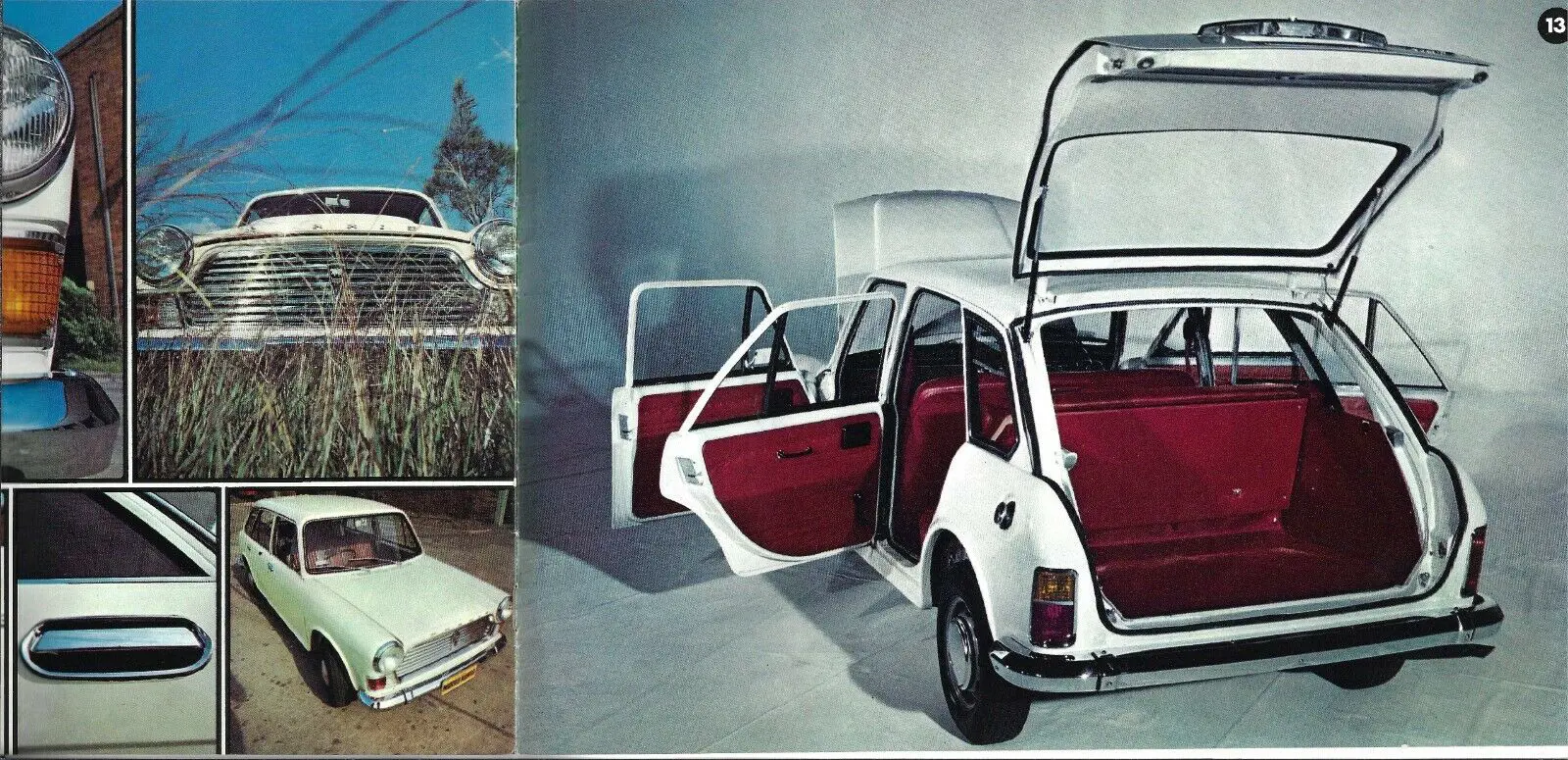
Sipani Dolphin/Montana – India
When Reliant stopped building the Kitten in 1982, the Tamworth concern sold the design to Sipani Automobiles of Bangalore. The resulting Dolphin debuted that year but struggled to compete in the small car market with the Suzuki-derived Maruti 800 in the upcoming years. By 1987 the company responded with the facelifted Montana, but its popularity remained limited, not least because the new five-door bodywork is best described as “aesthetically challenged”. Not even a diesel engine option in 1989 could improve sales.
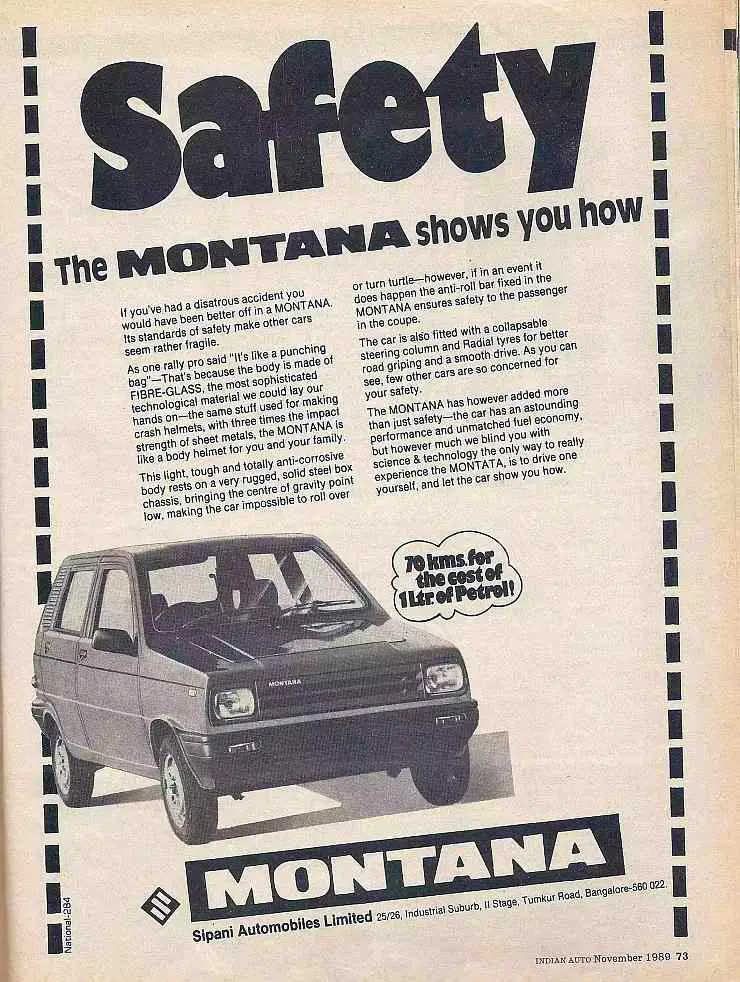
Wolseley 1000 – South Africa
In 1955 BMC established a factory at Blackheath near Cape Town, and on the 21st of December 1959, the first South African Mini, aka the ‘Austin 850’, left the works. By 1963 it was the country’s fifth bestselling car, and in the following year, engines were locally manufactured, to comply with content laws, and 1967 marked the launch of the Wolseley. Essentially, it combined the Hornet’s grille with the body and engine of the British 998cc Mk. II and doors with opening quarter lights inspired by the Australian-built versions. The 1000 probably came about as the firm wanted a Mini derivative with a new look but lacked the tooling or pressings for the extended rear. 1968 saw the launch of a Mk. II version, but when BLMC rebranded their South African operations as ‘Leykor’ in 1969, production ended after a mere 456 units.

